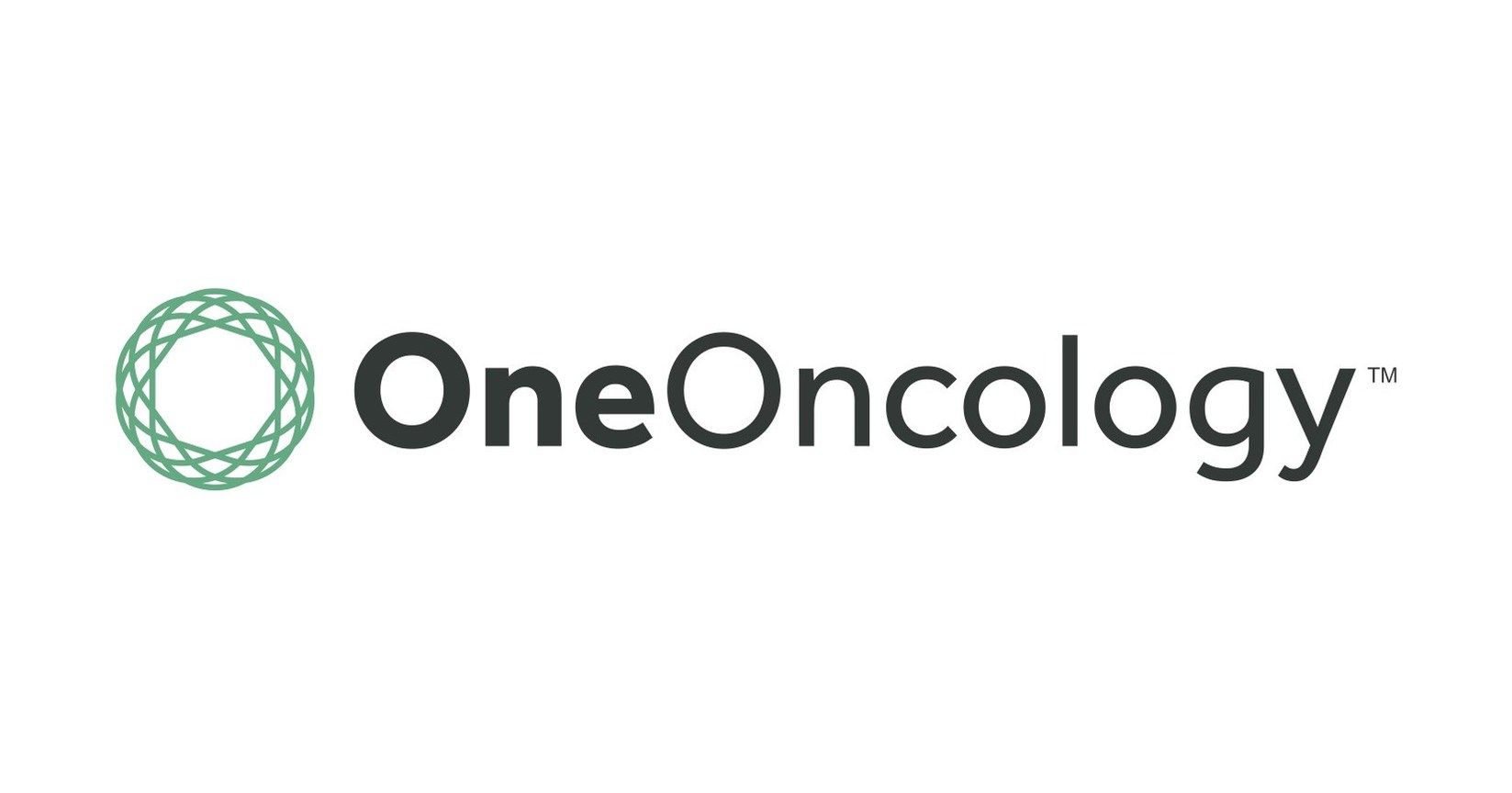Article
So Blood Pressure Control Is a Priority. But What's the Target?
Author(s):
New results don't automatically change guidelines for systolic blood pressure, as an editorial in the New England Journal of Medicine notes.
Full results from the SPRINT study, heralded as the most important blood pressure trial in 40 years, are the big news of the 2015 American Heart Association (AHA) Scientific Sessions. The study was halted early in August, when it became crystal clear that if you gave older patients with high blood pressure and other risk factors more medicine to get their systolic level down to 120 mm Hg, fewer of them died or had heart attacks or strokes.
Â
So it was no surprise that the AHA and the American Medical Association rolled out Target BP alongside the study, which will “support physicians and care teams in helping their patients with high blood pressure.”
Â
But here’s the head scratcher: Target BP will help patients achieve the goal of 140/90 mm Hg, the current guidelines.
Â
Huh?
Â
Reporters in the press conference about the SPRINT results asked whether this sends a mixed message, given that the announcement of the Target BP initiative mentions the study results.
Â
The challenge is that current guidelines remain the same: systolic BP of 140 mm Hg for healthy adults (130 mm Hg for those with diabetes); the AHA announcement states that the guidelines committee of the AHA and American College of Cardiology is systematically reviewing the SPRINT results to see whether they need to be revised.
Â
An editorial that appeared in the New England Journal of Medicine along with the full results Monday, “Redefining Blood Pressure Targets–SPRINT Starts the Marathon,” by Vlado Perkovic MB, BS, PhD, and Anthony Rodgers MB, ChB, PhD, examines the considerations that will go into guideline revisions.1
Â
Of note, the Eighth Joint National Committee recommendations looked at multiple trials and concluded that systolic blood pressure could be 150 mm Hg for those 60 years or older (SPRINT separated out data on those 75 and older, a very rapidly growing segment of the population.) Real-world data, they write, can be really wrong.
Â
“Clearly, our current concept of hypertension is insufficient to determine who benefits from blood-pressure lowering or how far to lower blood pressure,” Perkovic and Rodgers write. SPRINT strongly suggests there are substantial numbers of people who would benefit from more aggressive blood pressure management; an analysis that has already appeared in the Journal of the American College of Cardiology has suggested that an additional 8.6 million adults could be treated for hypertension based on its findings.2
Â
The challenge, of course, is that more aggressive treatment will demand more resources. There are ways besides more medication to achieve lower blood pressure, and with the US population aging, it is fair to ask whether solutions beyond therapy must be pursued.
Â
“For people at high cardiovascular risk, a systolic goal of less than 120 mm Hg is appropriate,” Perkovic and Rodgers write,” Patients such as these will likely need more than 1 drug to get to that target (in SPRINT, patients in the intervention group needed 1 extra medication on average to get to goal).
Â
But even with extra help, more must be done to get patients to eat better, exercise more, and especially to stop smoking. In SPRINT, 13% of the study participants still had not quit, and most were overweight or obese. That makes a systolic blood pressure target of 120 mm Hg quite a mountain to climb–or a marathon, as the authors would suggest.
Â
References
Â
1.     Perkovic V, Rogers A. Redefining blood-pressure targets–SPRINT starts the marathon. [published online November 9, 2015]. N Engl J Med 2015; DOI: 10.1056/NEJMe1513301
2.     Bress AP, Tanner RM, Hess R et al. Generalizability of results from the systolic blood pressure intervention trial to the US adult population (SPRINT) [published online October 30, 2015]. J Am Coll Cardiol 2015; doi:10.1015/j.jacc.2015/10.037.
Â




